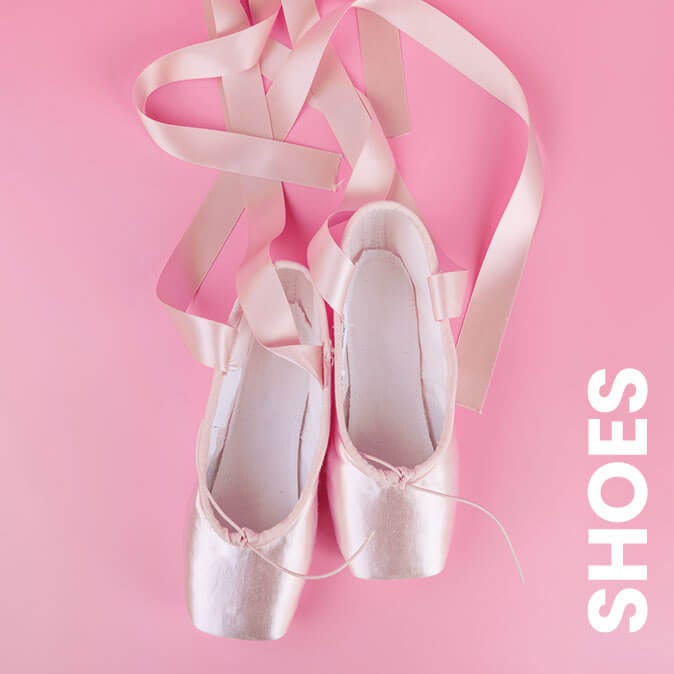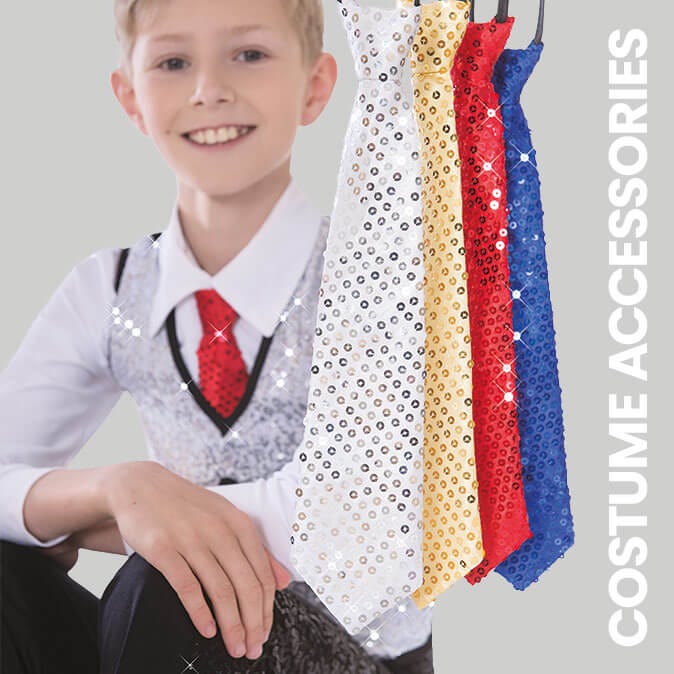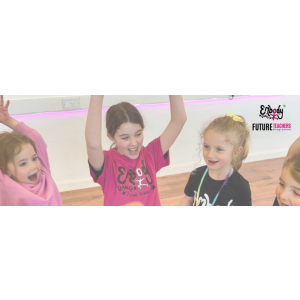Vicky is an experienced Specialist Safeguarding and Social Care Trainer. With over 15 years of experience, she has worked with various sectors, including education, social care, and emergency services. Vicky currently serves as a safeguarding consultant for the dance industry, offering training and support to improve safeguarding practices in over 400 dance schools across the UK. She is also a qualified dance teacher and school owner.


Many of us teach older dancers, at a high standard, with big ambitions. Dance is a fabulous profession, there is always something more to learn, something new, something to achieve and many of our students are full of the hope, aspiration and competitive drive to be the best they can be. They dream of securing professional contracts or attending college places or winning national competitions. And we, their teachers do everything we can to support and facilitate this ambition.
Dance at this elite level can, however, come with different risks to those that our Pre-Primary classes face. Many of these risks exist as a result of increased independence and a perception of maturity that may not quite be accurate. The period of adolescence comes with risks and safeguarding concerns across all areas of life, but these can be amplified by intense training situations. We have repeatedly seen this in the news with examples across many sporting professions of harm to young competitors that existed within their training environments.
As a good teacher there are many things that we can do to minimise these risks and ensure protective factors are in place for our dancers in training:
- Allow time at home in every schedule. A safe home environment provides support, opportunity to discuss worries, time for rest and relaxation and a comparison to treatment that dancers receive in all other environments. As a teacher when you reach that time of the year where you feel you are never home, always in a hotel, always travelling from one event to the next, remember your students experience this too. This creates, for all of us, false norms that can lead young people to struggle to recognise a normal experience from an unsafe experience.
- Do not allow the dance culture to be the only culture they experience. Anything we experience consistently becomes normal for us. Everyone needs an outside frame of reference and different experiences. How would you recognize harmful training if everyone around you, including your friends, experienced it as well? For a young dancer who has always been trained in the same environment with the same people there can be increased risks associated with a “we have always done it this way” approach.
- Allow time for friends. If you dance every night after school and are away at shows and comp all weekend what is the effect on the relationship you have with non-dancing friends? Everyone needs friends, and friends from all backgrounds, with different hobbies and interests. Schedule down time. If a young dancer has been harmed in dance training and cannot recognise it, it may be their friend who does Judo who says, “we don’t do it like that” and that maybe enough to spark a thought and help that dancer to open up.
- Be mindful of safeguards when letting young dancers attend workshops, masterclasses, training events, summer schools or overseas events. Standards may vary and young dancers should not be exposed to unsafe or unhealthy training methods.
- Do not allow it to become all or nothing. Encourage other hobbies, activities and learning. Young dancers can feel trapped in to accepting unsafe training or conditions if they feel they “have no other choice” or “this is all I can do”. Allow time for other skills and so other options. Do not encourage an “all my eggs in one basket” approach to training.
- Get as much careers advice as you can. Where students may be worried about funding options, fees and results knowing as much as possible and helping them have a plan A, B and C can help to keep them safe. Extreme pressure caused by expensive college places and not perceiving any other viable training options can leave students feeling desperate to please, this leaves them very vulnerable to harm. The more we know, the better we can support.
Creating some of these habits now can help students long term. They will not be with you forever and as they step out into a professional world of varied training and experiences these good habits taught before they leave can help them to recognise healthy environment and create healthy boundaries which will help to keep them safe or to ask for support when they are not.

















